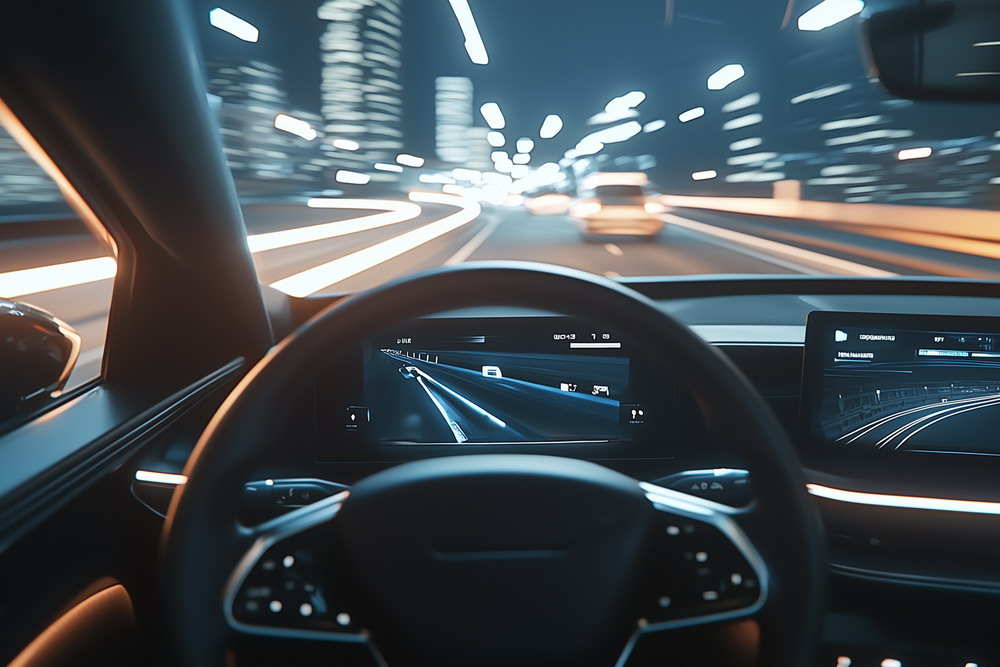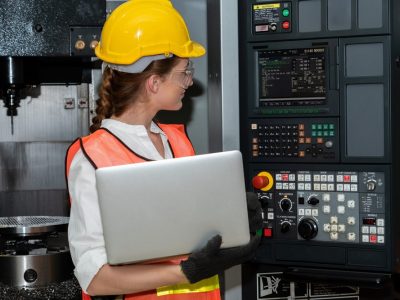
Video mapping has emerged as a groundbreaking technology that transforms ordinary surfaces into dynamic visual experiences. By projecting images onto buildings, landscapes, and even small objects, this technique creates immersive and interactive displays that captivate audiences. The ability to blend digital content with physical structures has made video mapping a preferred tool in various industries, including entertainment, advertising, and public art installations.
The Evolution and Technical Aspects of Video Mapping
The origins of video mapping trace back to early projection techniques, but advancements in digital media have propelled it into new dimensions. Modern software allows for precise alignment of visuals onto three-dimensional surfaces, ensuring that projected images seamlessly integrate with architectural details. By using specialized programs, designers manipulate images to fit complex structures, creating illusions that alter the perception of physical spaces.
High-powered projectors and motion tracking systems further enhance video mapping capabilities. These tools enable synchronized visuals that respond to movement and environmental factors, making the experience more engaging. With the integration of artificial intelligence and real-time data processing, video mapping continues to evolve, offering increasingly sophisticated applications in various fields.
Applications and Impact Across Industries
Video mapping has revolutionized numerous industries, serving as an essential tool for marketing, entertainment, and education. In live events and concerts, large-scale projections transform venues into immersive spectacles, heightening the audience’s sensory experience. Museums and cultural institutions utilize video mapping to bring history to life, offering interactive exhibits that engage visitors in innovative ways.
The advertising sector has also embraced video mapping, using it to create attention-grabbing displays that surpass traditional static billboards. By animating storefronts and urban spaces, brands establish deeper connections with consumers. Additionally, in the realm of architecture and urban planning, video mapping provides a visualization tool that helps designers and city planners present projects in a compelling and interactive format.
The Future of Video Mapping and Creative Possibilities
As technology advances, video mapping continues to push creative boundaries, merging augmented reality and interactive elements into projections. With the rise of virtual reality integration, artists and developers are exploring new ways to blend the physical and digital worlds seamlessly. Innovations in projection hardware and software will further refine the precision and realism of mapped visuals, leading to even more impactful applications.
The adaptability of video mapping ensures its place in future artistic and commercial endeavors. As industries seek more engaging ways to communicate and entertain, this technology remains a powerful tool for storytelling and visual expression. Whether through grand public installations or intimate creative projects, video mapping continues to redefine the possibilities of visual media.







